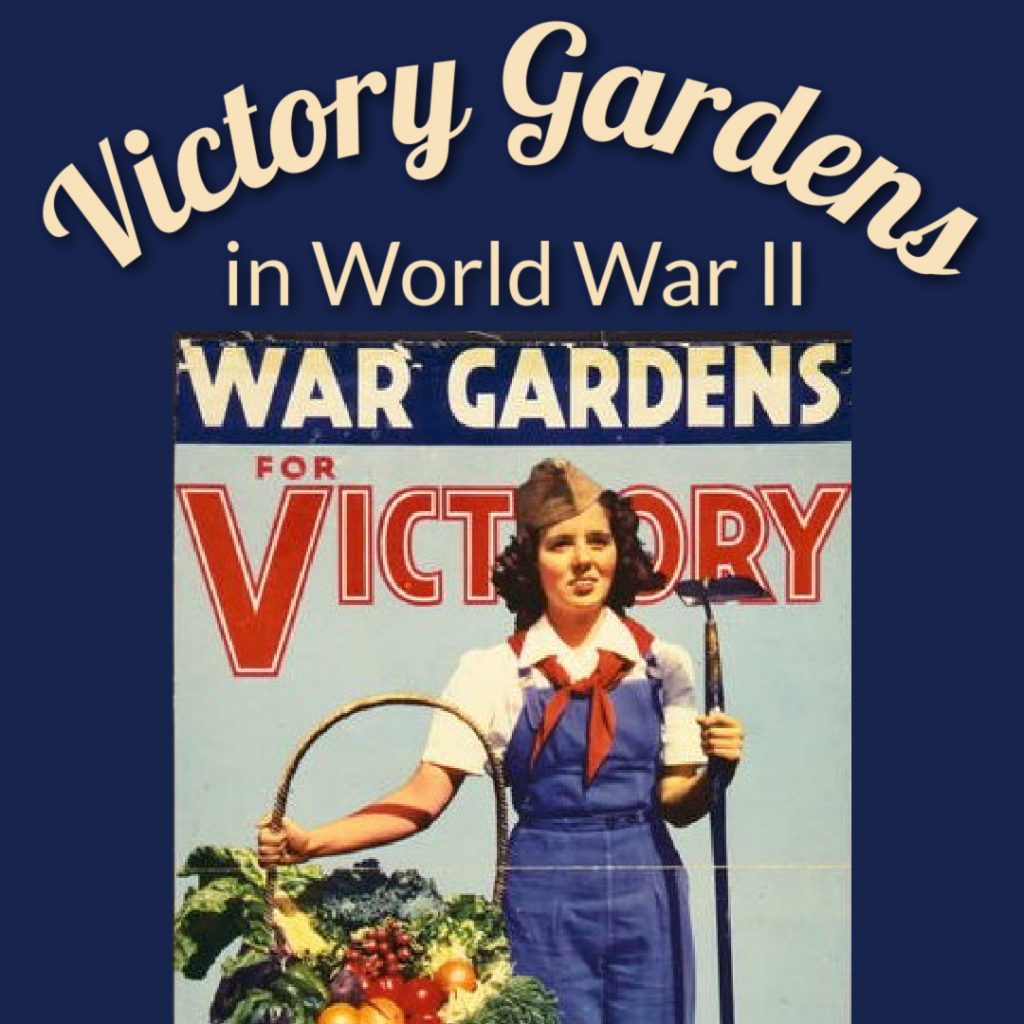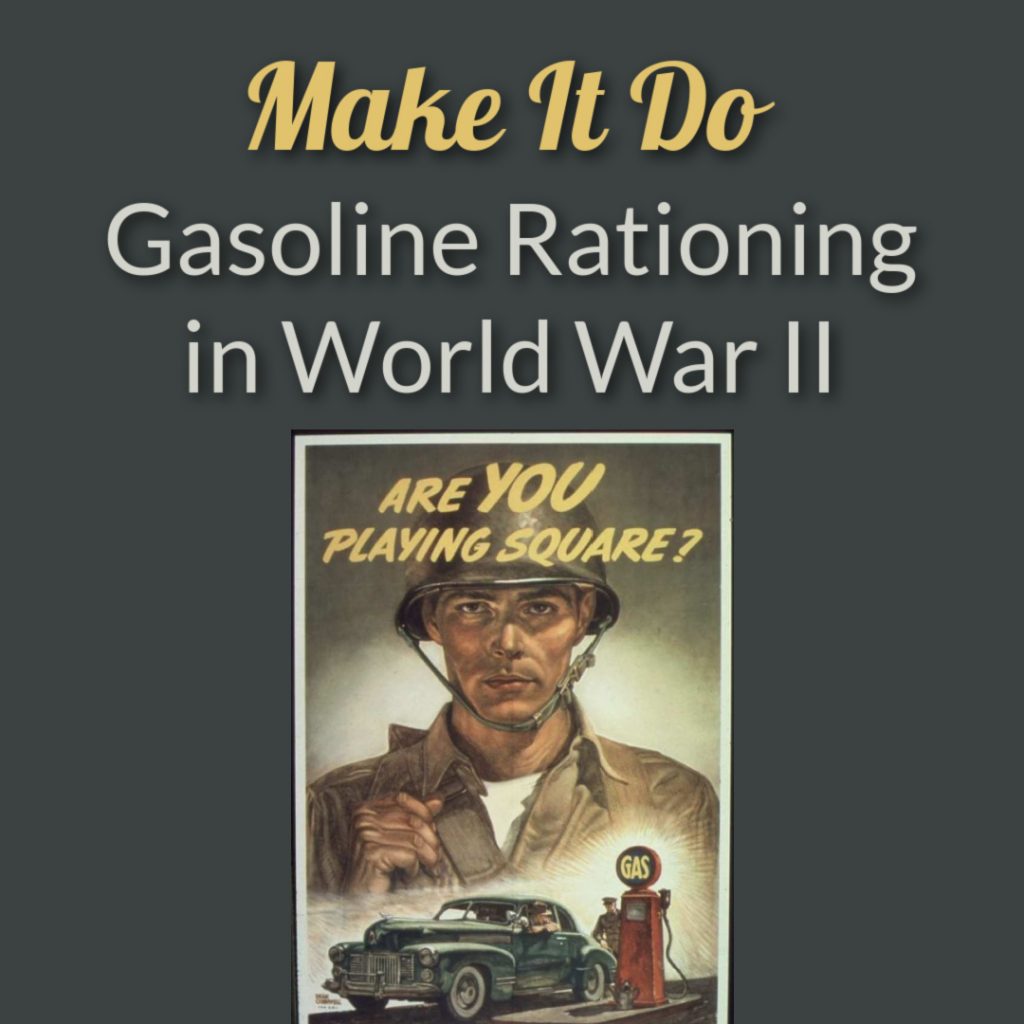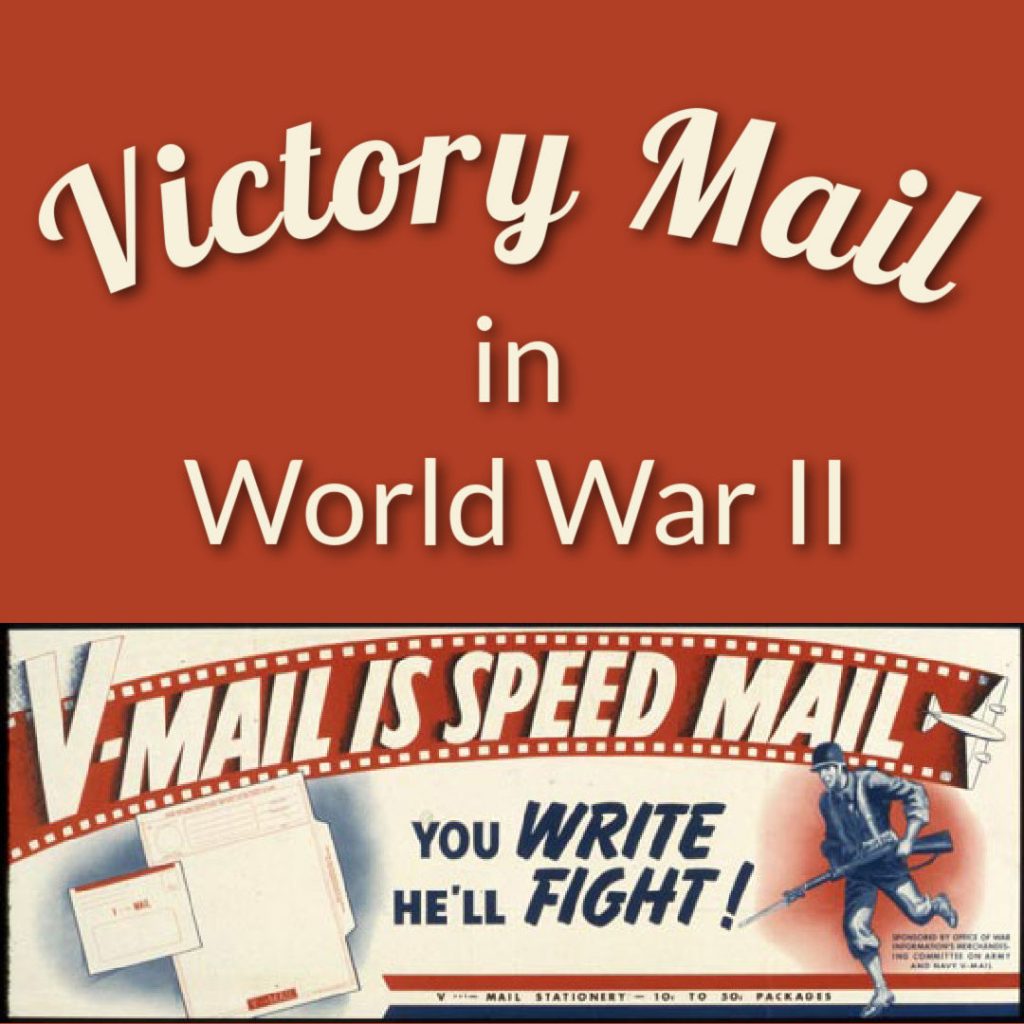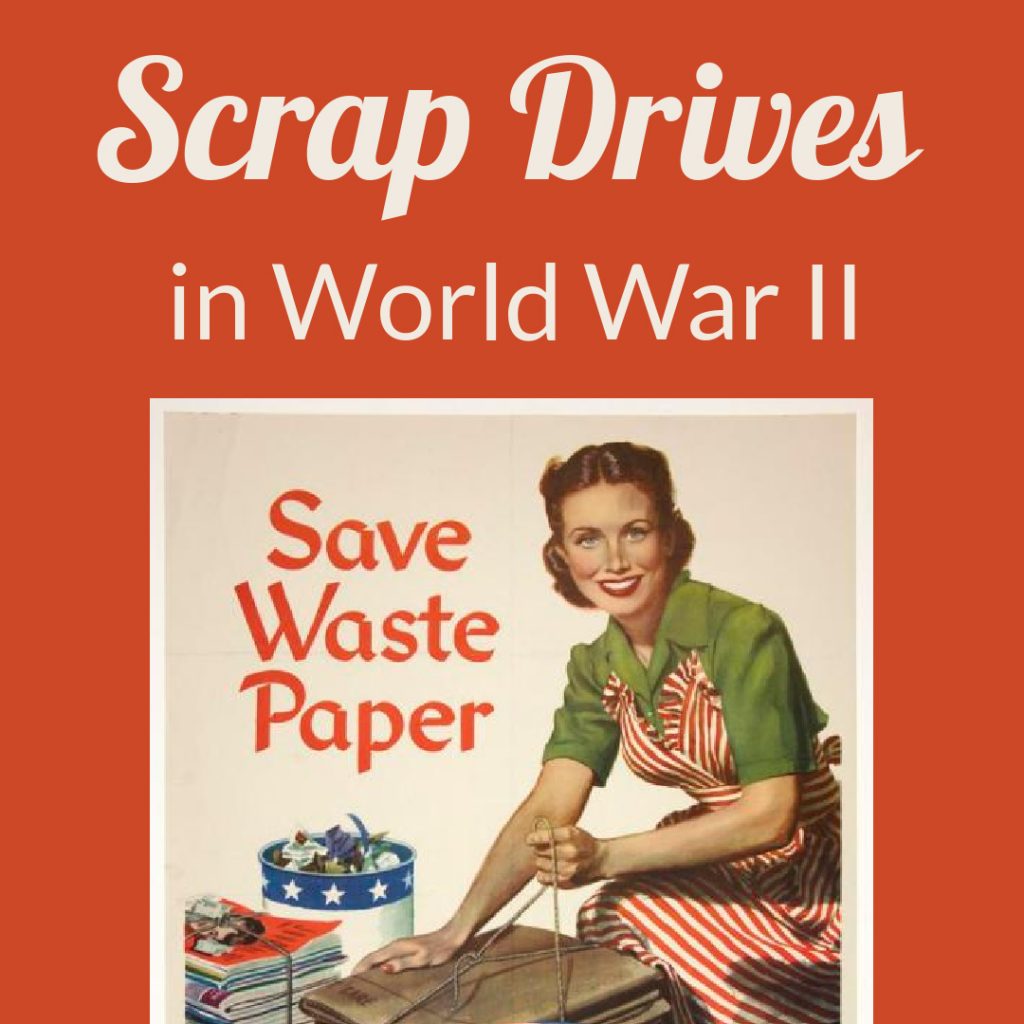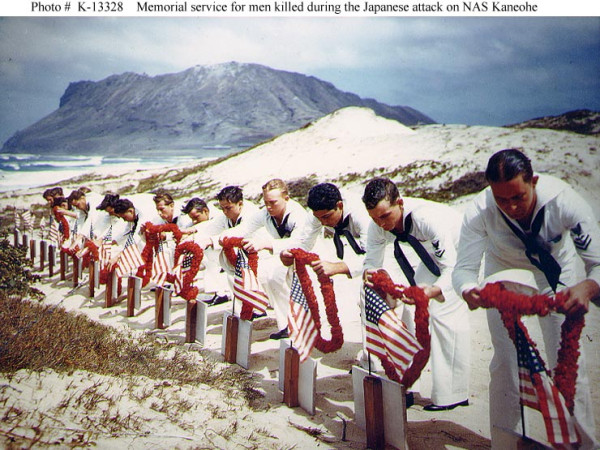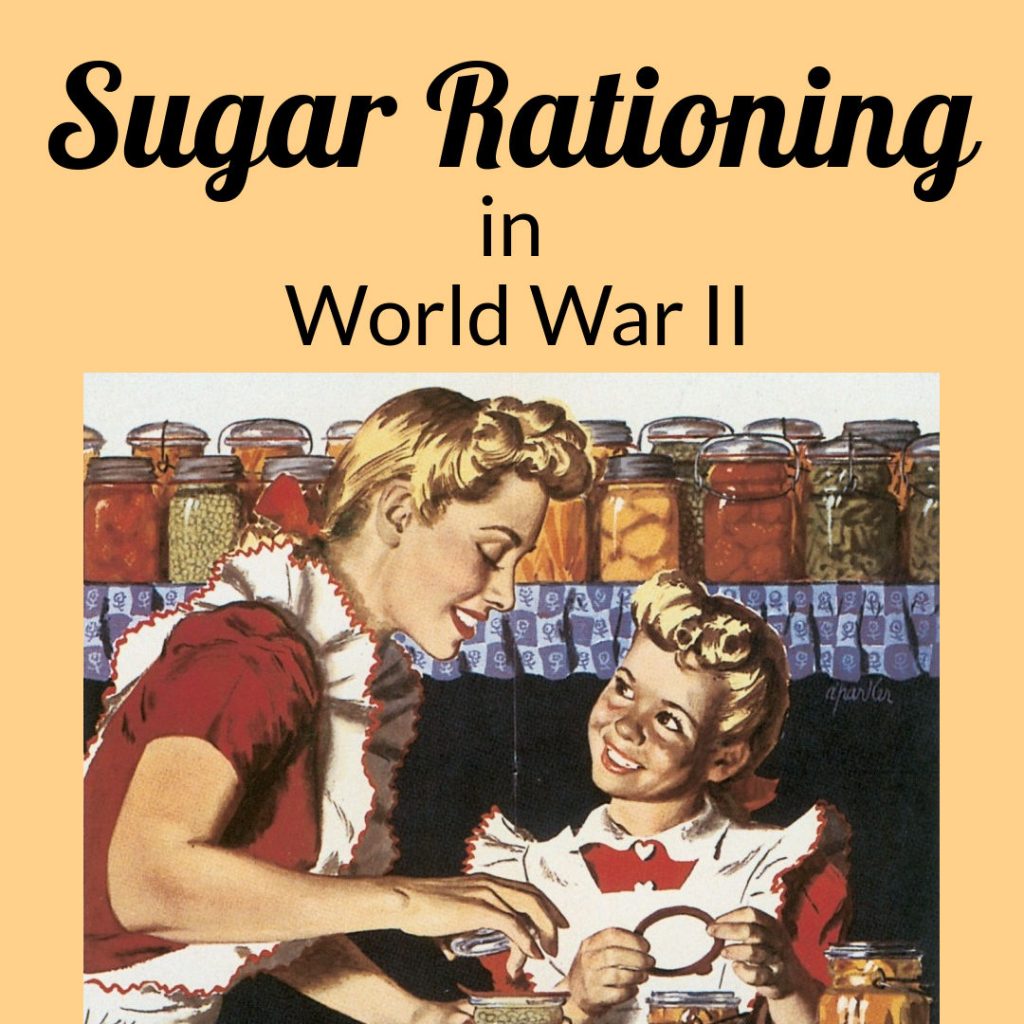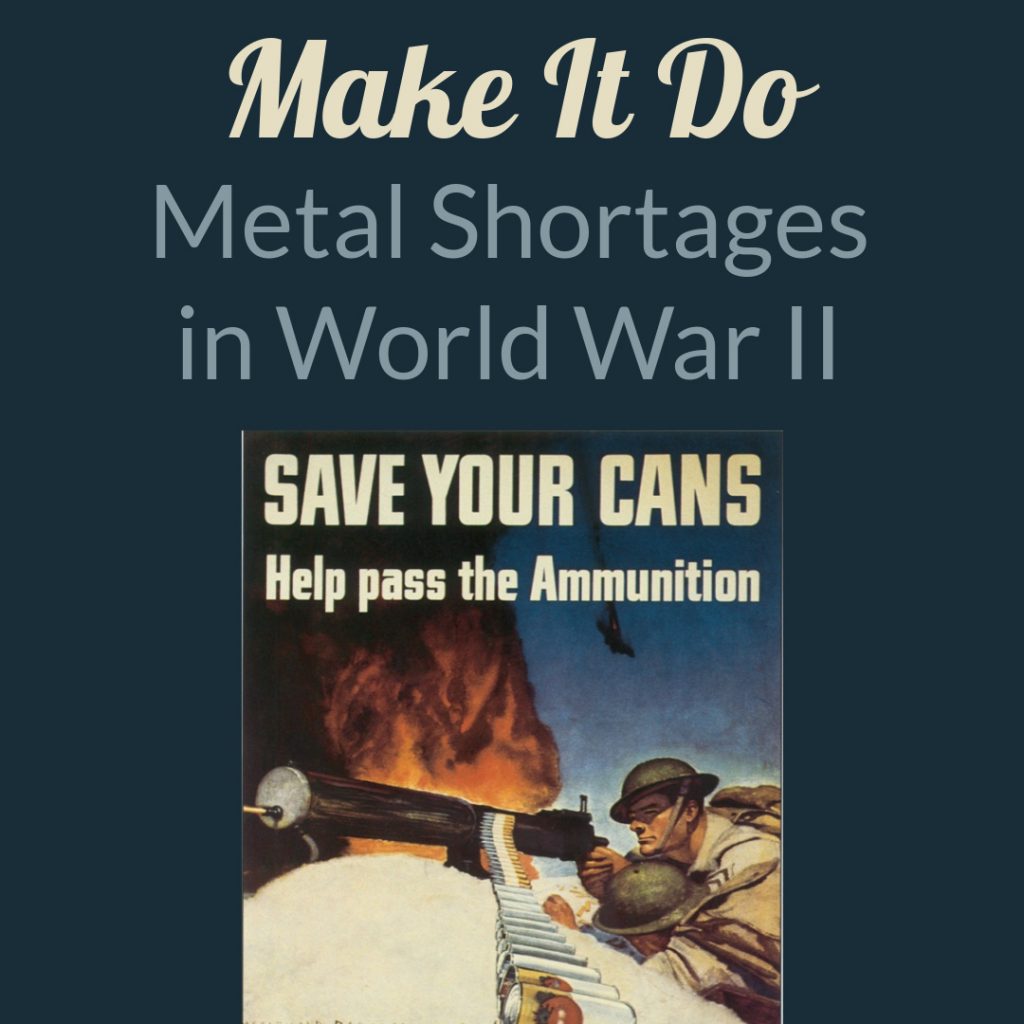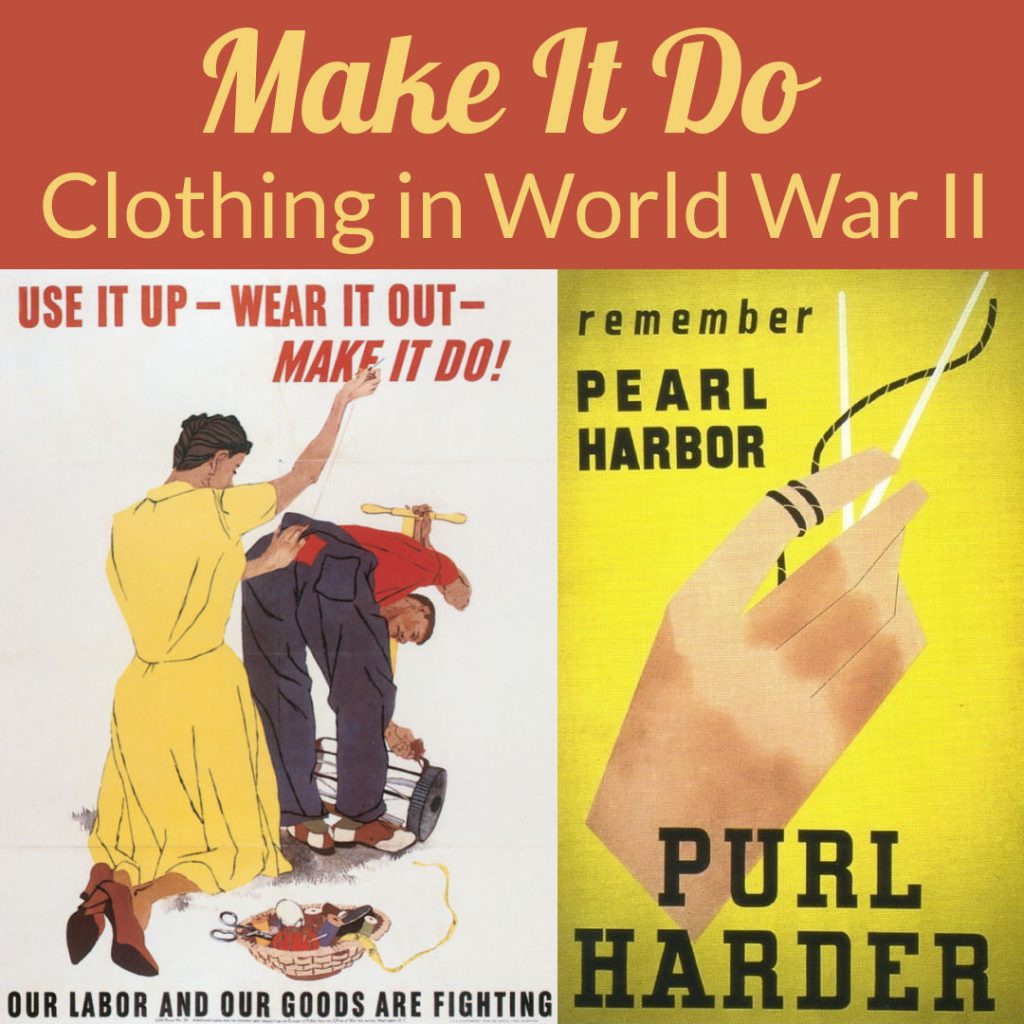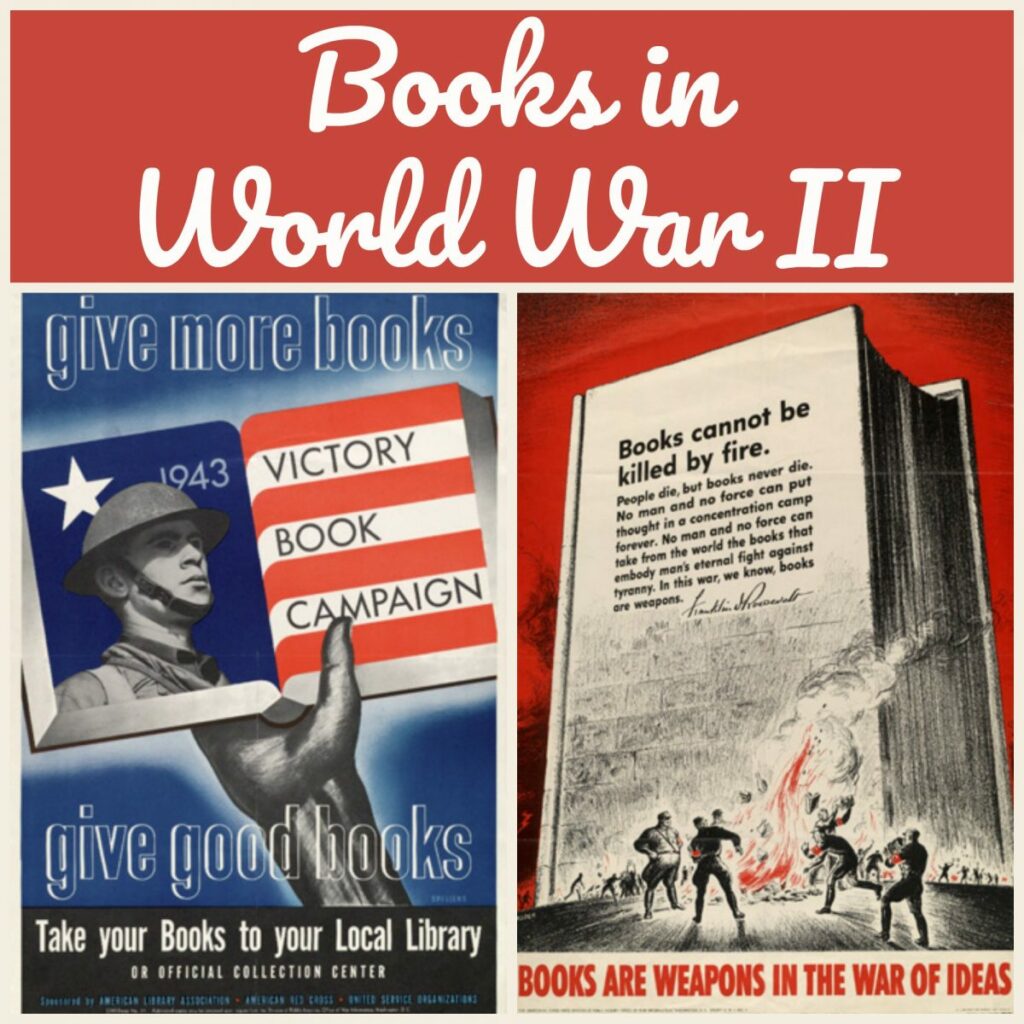Victory Gardens in World War II
Monday, August 15, 2022 by Sarah Sundin
For the average American in World War II, the Victory Garden was a practical way to contribute to the war effort. Some 20 million Victory Gardens were planted (US population in 1940 was 132 million), and by 1943, these little plots produced 40 percent of all vegetables consumed in the US. It’s estimated that 9-10 million tons of vegetables were grown. The Need for Victory Gardens Wartime needs stretched agricul... Read Article

